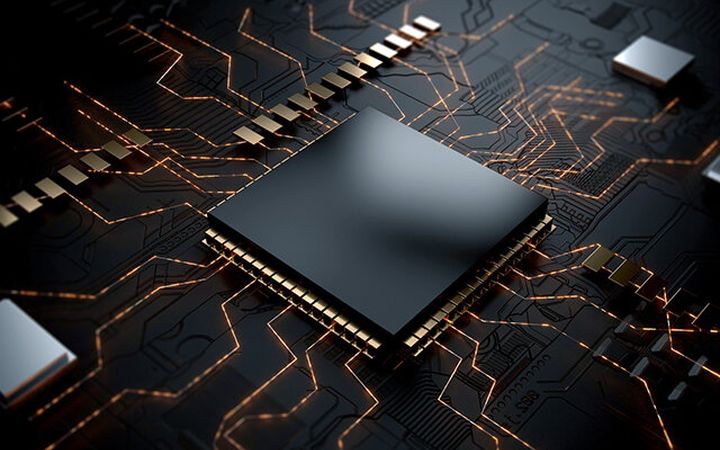I. Four stages of China’s chip development
The development of China’s chip industry can be roughly divided into four stages, namely the initial stage of self-reliance from 1956 to 1978, the exploration and development period after reform and opening up from 1979 to 1989, the key construction period from 1990 to 1999, and the rapid development period since 2000.
Since 2000, China’s chip industry has entered a period of rapid development. During this period, the state and governments at all levels have increased their support for the chip and related software industries in the domestic market from the aspects of finance and taxation, investment and financing environment, research and development, import and export, and talents. These measures have further optimized the development environment of the chip industry and cultivated a group of powerful and influential enterprises.
II. The development history of China’s chips
The history of China’s chip development can be traced back to the 1950s.
In 1956, under the focus of Premier Zhou Enlai, semiconductor technology was included in the important national scientific and technological projects. Thus, China began a long and comprehensive battle for semiconductors.
On December 23, 1947, Bell Labs in the United States successfully demonstrated the first point-contact transistor with amplification function based on germanium semiconductors, marking the birth of the modern semiconductor industry and the beginning of the information age.
In 1960, the Semiconductor Institute of the Chinese Academy of Sciences and the Hebei Semiconductor Institute were officially established, marking the initial establishment of China’s semiconductor industry system.
At this time, countries around the world were accumulating strength to develop science and technology. However, before the start of this technological war, China showed a sense of powerlessness. Under the pressure of the international community, advanced technologies such as integrated circuits cut off China’s technical exchanges with the international community. In addition, China was still undergoing the Cultural Revolution at that time, and the streets were filled with exaggerated slogans: Any old lady on the street can make semiconductors by pulling a stove in the alley.
The speed of technological change is very rapid, and China has begun to lag behind.
In 1960, the state-owned Jiangnan Radio Equipment Factory was established in a place called Cotton Lane in Wuxi. The main task of about 200 employees was to produce diodes. Then, at the end of 1968, the call for “vigorously developing the electronics industry” was passed down from top to bottom. The military control group of the national defense industry waved its hand, and Wuxi Radio Machinery School merged with the “742” factory to start research, trial production and production of new semiconductor process equipment.
In 1982, the State Council set up a special leading group to formulate a detailed development plan for Chinese chips. Four years later, the first development strategy for Chinese chips, the “531” strategy, was born.
In 1988, China’s integrated circuit output reached 100 million pieces, marking the beginning of China’s industrialized mass production, 22 years later than the United States and 20 years later than Japan. It took China 23 years from the first integrated circuit in 1965.
The success of the “531” strategy filled the Chinese people at that time with fighting spirit, so the 908 project was successfully born. At that time, it was planned to invest 2 billion yuan, but this plan took a full two years in the review stage. Two years is not long, but it is a long time for the development of high-tech. Wuxi Huajing was not built until 1997, and it was already far behind other countries.
In the 1990s, after visiting Samsung’s integrated circuit production line, the national leaders realized China’s backwardness in integrated circuits. What they brought back was the four-character sigh of “shocking”. In this context, Project 909 was born. The approval of Project 909 learned from the lessons of Project 908. The approval of the funding plan was almost immediate.
2001 was an extraordinary year for the Chinese. In 2001, China successfully bid for the Olympic Games, and “Ark 1” was born in 2001. At this time, China’s Loongson project was also quietly underway. At that time, the Loongson project also encountered many difficulties. Due to the immaturity of technology, it could not be recognized by the market.
In 2006, the major project of “Core High-tech Basics” was officially launched. “Core High-tech Basics” is the abbreviation of “core electronic devices, high-end general-purpose chips and basic software products”. That year, the State Council promulgated the “Outline of the National Medium- and Long-Term Science and Technology Development Plan (2006-2020)”, which listed “nuclear high-tech” as the first of 16 major science and technology projects, on par with manned space flight and lunar exploration projects.
Under the current US technology sanctions, changing the way of thinking is not the same as promoting the development of China’s high-tech. I hope the country will forge ahead. Whether the United States is shooting itself in the foot, let us wait and see.